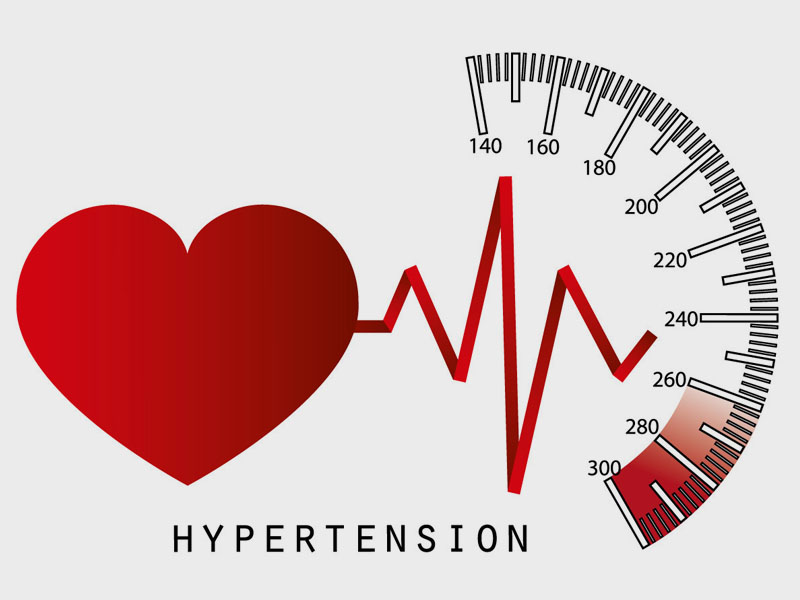Hypertension, CAD
Understanding Hypertension and Coronary Artery Disease (CAD)
Hypertension (high blood pressure) and Coronary Artery Disease (CAD) are two major cardiovascular conditions that significantly impact overall health. Proper management is crucial to reduce the risk of complications like heart attacks and strokes.
Hypertension:
Hypertension occurs when the force of blood against the artery walls is consistently too high. Common risk factors include obesity, high sodium intake, lack of exercise, and stress. Symptoms are often silent, but severe cases may present with headaches, dizziness, or chest pain.
Managing hypertension involves lifestyle changes like reducing salt intake, exercising regularly, and maintaining a healthy weight. Medications such as diuretics, beta-blockers, and ACE inhibitors may also be prescribed.
Coronary Artery Disease (CAD):
CAD occurs when the coronary arteries become narrowed or blocked due to plaque buildup, reducing blood flow to the heart. Common symptoms include chest pain (angina), shortness of breath, and fatigue. In severe cases, CAD can lead to heart attacks.
Treatment options for CAD include lifestyle changes, medications to lower cholesterol or improve blood flow, and procedures such as angioplasty or bypass surgery.
Prevention and Long-Term Care:
Preventing hypertension and CAD involves maintaining a healthy lifestyle with balanced nutrition, regular exercise, and stress management. Routine health check-ups are essential for early detection and timely treatment.
Quitting smoking, limiting alcohol consumption, and managing conditions like diabetes and obesity are key steps in reducing cardiovascular risks.
In conclusion, understanding the risk factors, symptoms, and management strategies for hypertension and CAD is vital for improving heart health and enhancing overall well-being.


